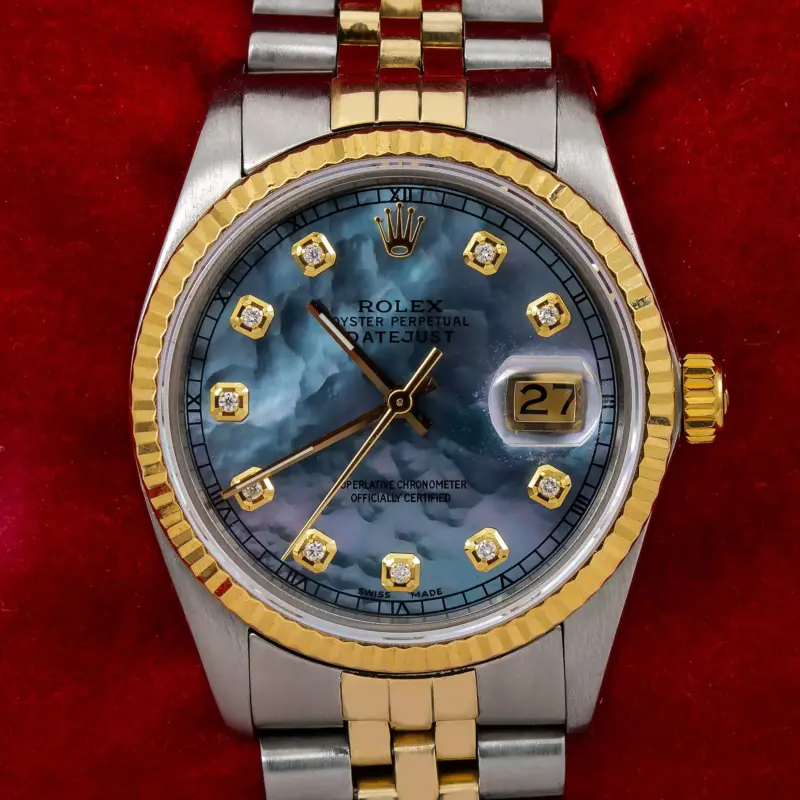A question among watch enthusiasts is whether Rolex incorporates Japanese movements into their watches. The answer isn’t straightforward and depends on the type of Rolex in question.

Rolex ventured into the world of quartz movements in the 1970s. One notable example is the Beta 21, a Swiss-made quartz movement developed by the Centre Electronique Horloger (CEH). This collaboration among various Swiss manufacturers aimed to create a quartz movement that could rival those produced in Japan, particularly by Seiko, which had become a dominant player in the quartz revolution. The Beta 21 was characterized by its innovative design and superior quality, reflecting Rolex’s commitment to maintaining high standards even in quartz technology.

However, while replica Rolex did embrace quartz technology during this era, it did not turn to Japanese movements for its luxury offerings. Instead, the brand prioritized Swiss engineering, ensuring that its quartz watches adhered to the same rigorous standards of quality that define its automatic and manual wind models.
Rolex is famous for its automatic self-winding movements, which are a hallmark of its brand. The company has developed its own movements in-house, ensuring that each component meets its exacting standards. Rolex’s manual wind movements are equally revered, showcasing the brand’s mastery over traditional watchmaking techniques.

Interestingly, Rolex has also utilized movements from other manufacturers in certain models. For example, some Daytona models featured movements sourced from ETA, a reputable Swiss movement manufacturer. This practice is not uncommon in the watch industry, as brands often collaborate to enhance their offerings while maintaining their signature quality.
A significant aspect of Rolex’s identity is its commitment to producing all of its movements in-house. The brand operates a state-of-the-art facility in Switzerland where it meticulously crafts each movement, from the smallest components to the final assembly.
When comparing Swiss and Japanese movements, it’s essential to recognize their unique attributes. Swiss movements, such as those produced by clone Rolex, are often celebrated for their aesthetic design and intricate craftsmanship. These movements typically emphasize artistry and refinement, appealing to those who appreciate the finer details of horology.
